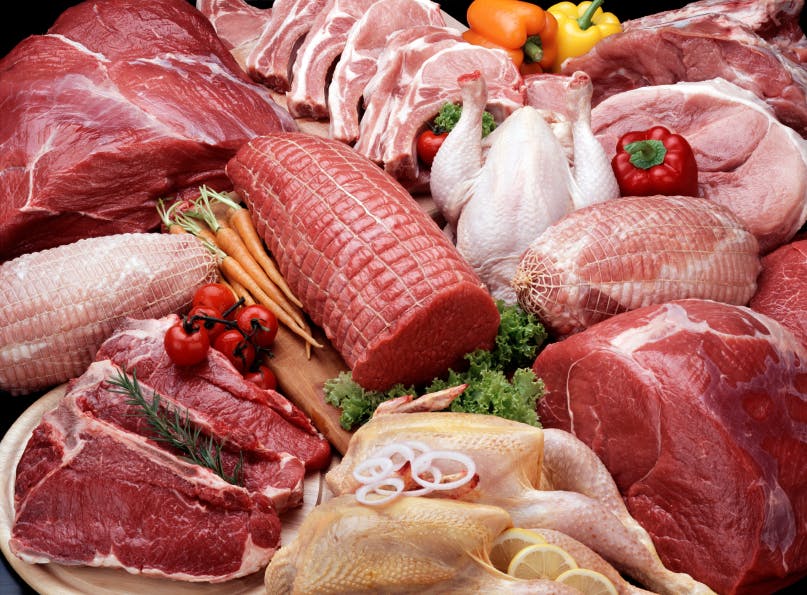Brazilian chicken and beef exports show spectacular performance in first quarter

The first quarter of 2022 was marked by the excellent performance of Brazilian beef and chicken exports. Pork still faces a more complicated environment, despite the increase in exported volume, the recent decline in international prices still impacts this protein’s revenue. The scenario outlined for pig farming is quite complex, with the evident need for productive adjustments. In any case, as it is an activity with a longer cycle, the effects of certain strategies will not be immediately observed.
For a better understanding of the current swine crisis, it is necessary to carefully observe the Chinese scenario. Amid the outbreak of African swine fever, the Chinese government began to act in favor of the replenishment of its swine herd. Three pillars were established so that there was a rapid change in the management model of Chinese pig farming, assuming a more vertical pattern, a model similar to that adopted by the world’s top meat producers, with a more integrated chain in all stages of production.
The first pillar was the investment in genetics, with the importation of European matrices. The second pillar was the refinement of handling techniques, increasingly in line with practices adopted in big professional production centers with greater respect for animal health standards. Finally, it is necessary to mention the improvement in animal nutrition, moving away from the almost feudal model that dominated pork production in China.
The investment made was billionaire, and the average productivity of Chinese pig farming grew rapidly, even above government expectations. The consequence is that local prices started to collapse, and a change in government directive had to happen.
Some strategies were adopted to mitigate the effects of excess supply, the first of which was the reduction of the flow of imports. With more robust domestic production, there was no need to maintain such a strong flow of purchases in the international market. As a result, there was a decline in the exports from the European Union, the United States, and later Brazil. Besides, there was an aggressive renegotiation of import contracts, since it makes no sense to maintain high prices for a product that has surpluses in its local market.
The Chinese government also maintained its proactivity in managing public pork stocks. With prices melting down, the government acted on several occasions to buy animal protein in the market for stockpiling. In 2022, this type of measure was adopted on at least five occasions, including the current month. It seems that new purchases may be made in the coming weeks.
Finally, the Chinese government has offered credit lines with different interest rates to keep local pig farmers in business. There is no mistake in saying that Chinese pig farming is going through a serious crisis, since the cost structure in China is also inflated, leading sectoral margins to a negative position. In other words, the strategies adopted by China at the moment have the simple objective of preserving all the investments made in local pig farming. In this environment, there will hardly be any room for advances in global pork exports.
Read also
Wheat in Southern Brazil Impacted by Dry Weather and Frosts
Oilseed Industry. Leaders and Strategies in the Times of a Great Change
Black Sea & Danube Region: Oilseed and Vegoil Markets Within Ongoing Transfor...
Serbia. The drought will cause extremely high losses for farmers this year
2023/24 Safrinha Corn in Brazil 91% Harvested
Write to us
Our manager will contact you soon



